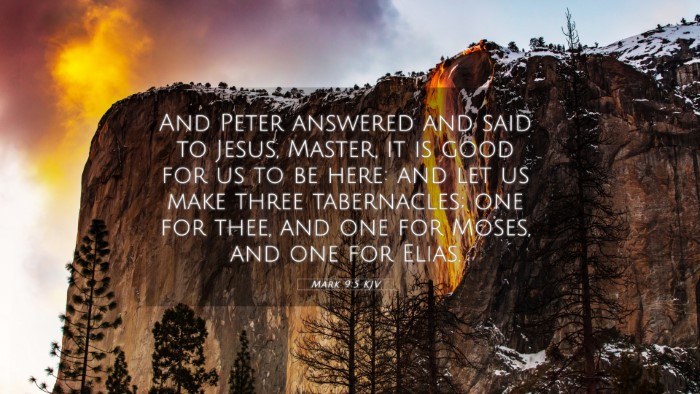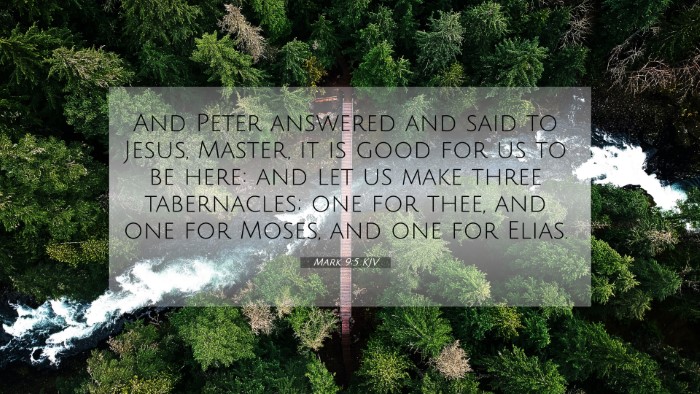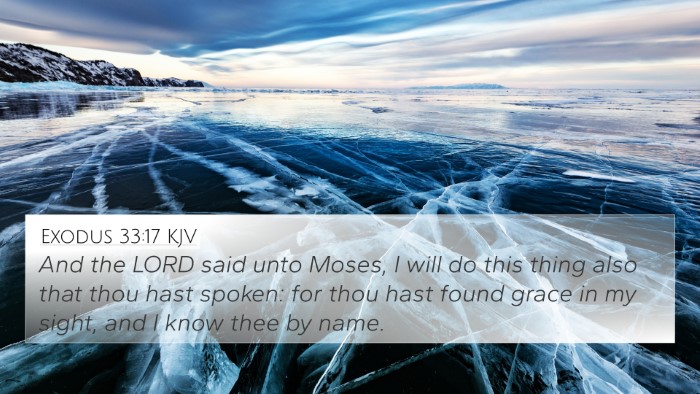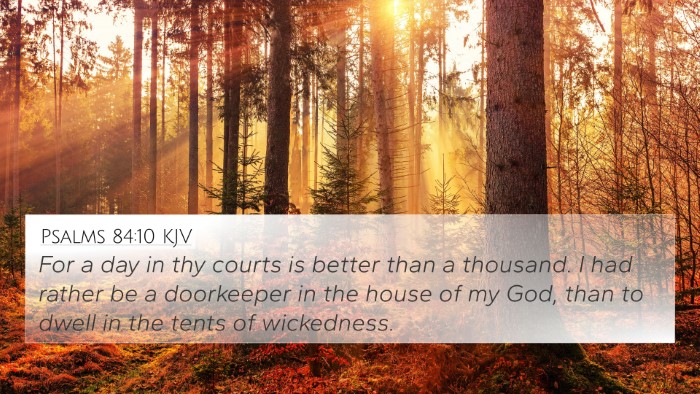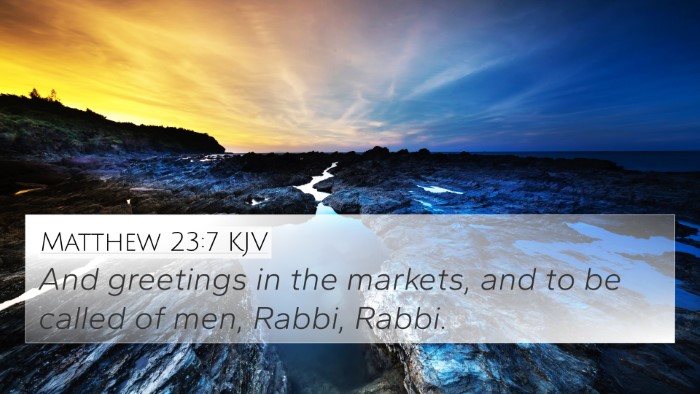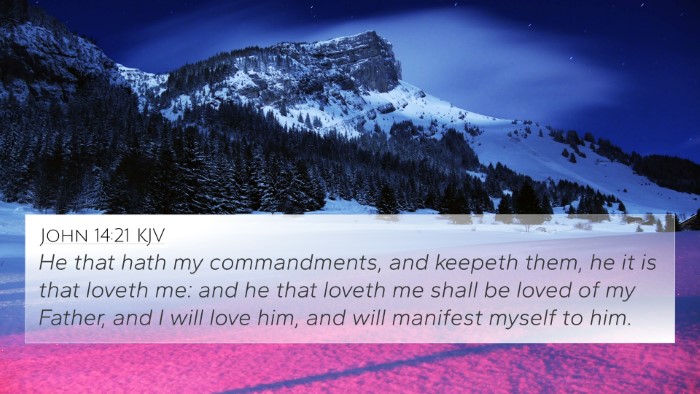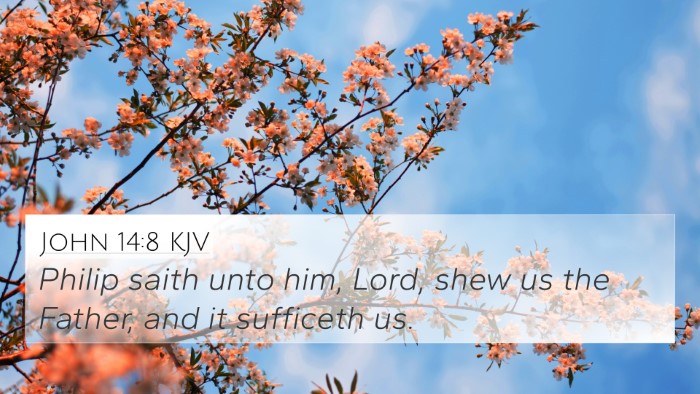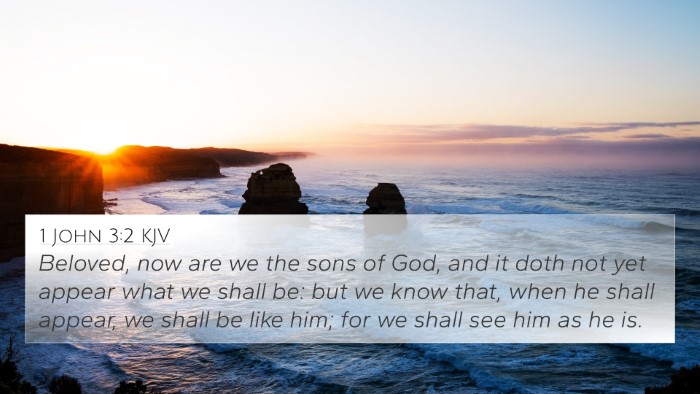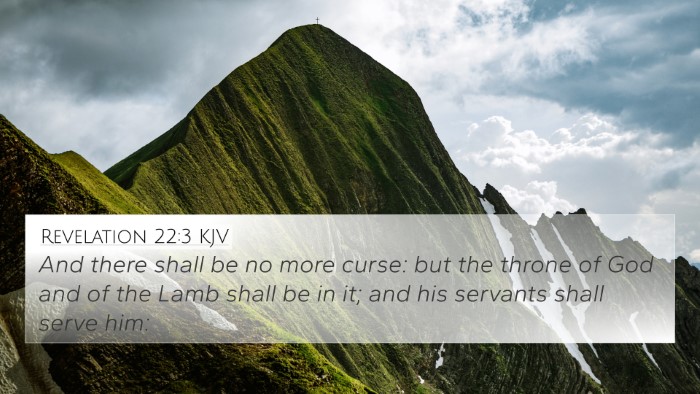Understanding Mark 9:5: A Comprehensive Analysis
In Mark 9:5, we find the Apostle Peter responding to the extraordinary event of the Transfiguration of Jesus, where Moses and Elijah appeared alongside Him. Peter exclaimed, “Rabbi, it is good for us to be here; let us make three tabernacles; one for You, one for Moses, and one for Elijah.” This moment invites deep reflection and provides fertile ground for theological exploration and cross-referencing with various biblical texts.
Verse Context and Background
The context of Mark 9:5 is critical for understanding its significance. This event takes place shortly after Jesus predicts His suffering and death. The appearance of Moses and Elijah symbolizes the Law and the Prophets, respectively. Peter’s desire to erect tabernacles reflects his misunderstanding of Jesus’ mission and the nature of the Kingdom of God.
Key Insights from Public Domain Commentaries
Matthew Henry’s Commentary
Matthew Henry emphasizes Peter's impulsive nature, suggesting that his proposal to build three tabernacles stems from a desire to prolong this divine encounter. Henry notes that Peter's suggestion reveals a lack of comprehension concerning the glory of Jesus and the significance of the moment. The setting showcases a greater revelation of Christ’s divinity and the harmonious relationship between Him and the Law and the Prophets.
Albert Barnes’ Notes
Albert Barnes points out that Peter’s statement reflects a common Jewish practice of honoring great figures of faith by erecting shrines. He argues that while Peter's eagerness is commendable, it demonstrates an incomplete understanding of Jesus' fulfillment of the Law and Prophets. Barnes highlights the importance of focusing on Jesus as the central figure rather than equalizing Him with Moses and Elijah.
Adam Clarke’s Commentary
Adam Clarke provides a detailed exploration of the implications of Peter's suggestion. He notes that the reference to “tabernacles” may signify a desire for a permanent manifestation of God’s presence. Clarke suggests that this reflects a more profound theological misunderstanding that salvation is not about constructing physical structures but about recognizing the central role of Christ in the divine plan.
Cross-References and Related Verses
Mark 9:5 connects with several other verses that shed light on its meaning. Consider the following cross-references:
- Exodus 34:29-35: Moses’ radiant face after meeting God parallels the divine revelation seen in the Transfiguration.
- Matthew 17:3: Provides a similar account of the Transfiguration, emphasizing that Moses and Elijah were speaking with Jesus.
- Luke 9:30-31: Offers further insight into the purpose of Moses and Elijah's appearance—discussing Jesus’ departure.
- 2 Peter 1:16-18: Peter reflects on this event, confirming its importance in his testimony about Jesus’ glory.
- Hebrews 1:1-2: Discusses how God spoke in various ways through prophets, culminating in His Son.
- John 1:14: Highlights the incarnation, emphasizing Jesus' glory as the only Son from the Father.
- Acts 3:22-23: References Moses and calls for obedience to the prophet like him, identifying Jesus.
- Romans 10:4: Affirms that Christ is the end of the law for righteousness, connecting to themes in Mark 9:5.
- Revelation 11:3-6: Mentions two witnesses reminiscent of Moses and Elijah, underscoring their prophetic significance.
Thematic Connections
This verse serves as a thematic connection between the Old and New Testaments, illustrating the continuous dialogue between the Law, the Prophets, and the fulfillment in Christ. Peter's proposal of tabernacles highlights humanity's tendency to seek physical representations of divine encounters while God desires a relationship grounded in understanding and faith.
Reflections on Cross-Referencing in Biblical Study
Understanding Mark 9:5 through the lens of cross-referencing encourages deeper engagement with Scripture. Cross-referencing biblical texts allows believers to identify thematic connections and gain greater insights into God's overarching narrative. Here are some effective tools and methods for engaging in this practice:
- Bible Concordance: Utilize a concordance for finding specific words and themes across scriptures.
- Bible Cross-Reference Guide: Consult guides that outline connections between similar passages.
- Cross-Reference Bible Study: Engage in group studies focusing on linking scriptures together for a more comprehensive understanding.
- Comprehensive Bible Cross-Reference Materials: Access resources that compile cross-references for thorough examination.
Conclusion
Mark 9:5 serves as a profound reminder of the challenge to understand divine encounters and the pivotal role of Christ within the faithful narrative of Scripture. By cross-referencing this verse with related passages, one can appreciate the interconnectedness of the Bible and the depth of God’s revelation through Jesus. Such analysis not only enriches personal faith but also enhances communal discussions regarding the essence of discipleship and God’s plan of redemption.

